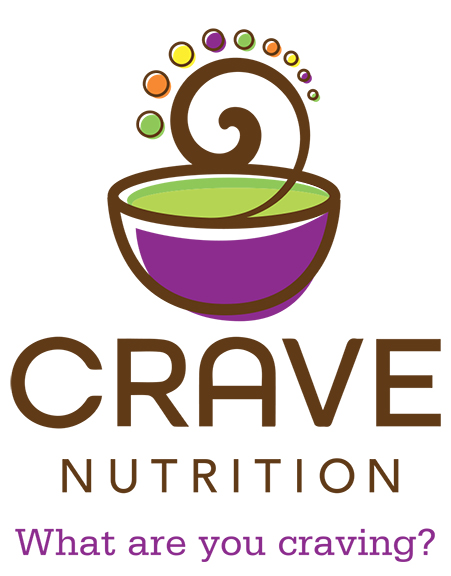Top Foods to Make us Look and Feel Younger!
- Posted by CraveAdmin
- On August 16, 2021
- 0 Comments

May 10, 2018
Yay, it’s SUMMER! Are you looking forward to spending more time outdoors? I definitely am. And while sunshine helps our bodies produce Vitamin D, it can also have an aging effect on our skin. Did you know that the foods we eat can help our skin look and feel more youthful?
As we age, our bodies go through changes that affect our skin. One of those changes is that, around our mid-30s, our bodies begin to produce less collagen.
Why is collagen production important? Collagen helps our skin look fuller, which in turn, helps us look and feel younger. When we produce less collagen, our skin loses that fullness, which can make our skin appear more fragile, dry, and “wrinkly.” The good news is, we can help stop the clock with the food choices we make! What are the best foods for boosting our body’s production of collagen? Read on!
The Top Collagen-Boosting Foods
Fish: Fish with healthy Omega-3 fatty acids – such as salmon – help keep our skin cells healthy. That’s because healthy skin cells contain a protective, fatty membrane that helps promote plumper skin. Whenever possible, choose wild salmon. King salmon has high fat content and a buttery texture. Coho is milder and often lighter in color.
Fruits and veggies (water-based): In addition to containing high percentages of water, watermelon, cucumbers and celery also contain sulfur, a necessary mineral in order for our bodies to produce collagen. They also help you stay hydrated, which also adds to the suppleness of our skin.
Dark leafy greens: Dark green vegetables — such as kale, Swiss chard, collards, and spinach — contain vitamin C, which promotes collagen. They also contain antioxidants, which help prevent collagen from breaking down. You can make a dark, leafy green salad, add cucumbers and celery, and top it off with salmon for a collagen-boosting meal!
Berries: Yes, all of your favorite berries help fight free radicals and increase collagen production levels! Hello, blackberries, raspberries and blueberries!
Red and orange vegetables: Yes, color does matter! Red veggies (such as tomatoes, red peppers and beets) contain lycopene, a natural antioxidant. Experts also believe that lycopene protects the skin from sun damage, so it’s like getting a two-fer: fighting free radicals and the enzymes that break down collagen, while boosting collagen levels! And don’t forget about the orange vegetables, too! Carrots, yams, sweet potatoes, butternut squash, all are high in vitamin A, a natural restorative vitamin that helps reverse damaged skin and regenerates collagen. Fall is the perfect season for roasting these veggies!
Garlic: Garlic is a well-known longevity food for many reasons! When it comes to collagen, garlic is one of the best sources of sulfur (and you may remember from an earlier bullet, our body needs sulfur to produce collagen). Garlic also contains taurine, which help builds damaged collagen fibers.
Egg whites: Egg whites actually contain collagen! They are also high in lysine and proline, which both help support your body’s collagen production. But don’t just eat the whites! Eat the whole egg! (see my article “Why Do Eggs Have a Bad Rap?
If you don’t eat eggs: Nuts also contain lysine. The highest source is macadamia nuts, but walnuts and almonds are also good choices. (And if you’re not allergic, peanuts work, too!)
White tea: Research shows that white tea protects the structure of collagen, and stops the enzymes that break down collagen. Brew white tea as you would any other tea, and you can drink it warm or cool. Forgo the sugar or honey, however, as sugar not only breaks down collagen, but it adds to other age-related symptoms such as achy joints.
Now that you know what to eat to boost collagen production, you can begin to incorporate these foods into your daily meals. Stay tuned to my social media pages this month for some of my favorite Age-Busting Recipes!



